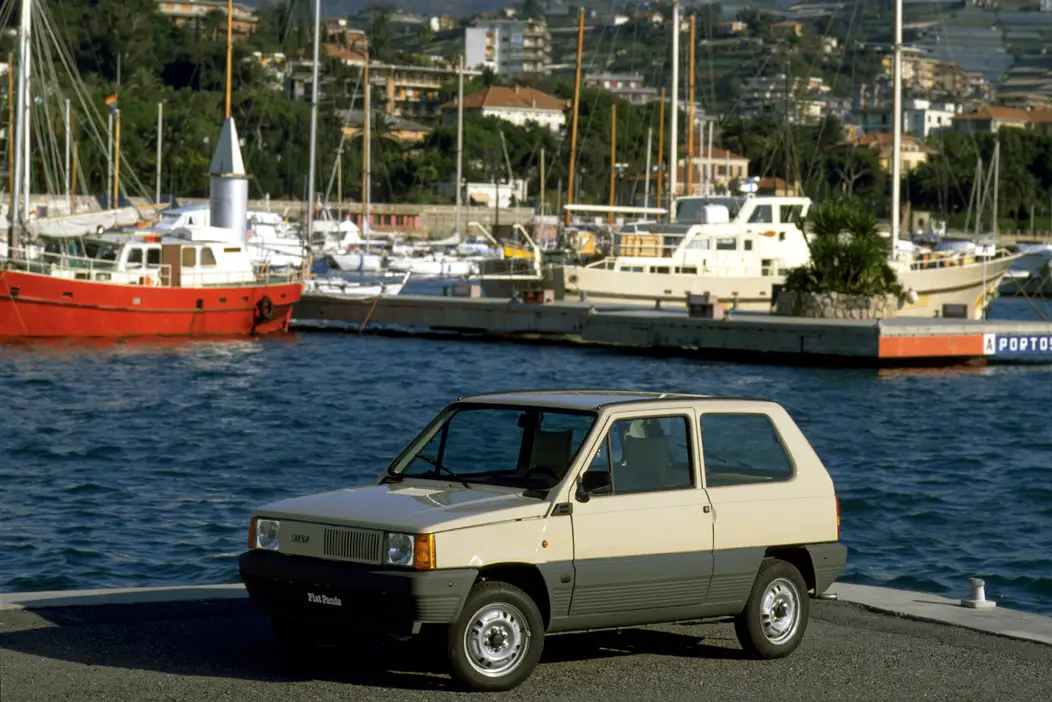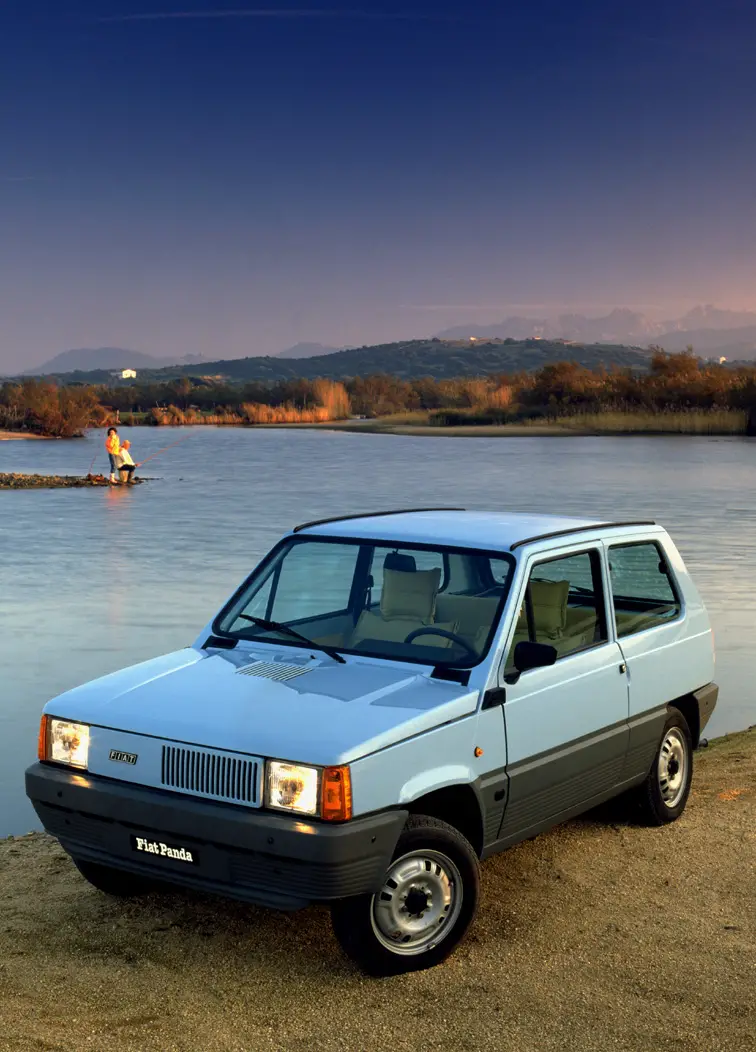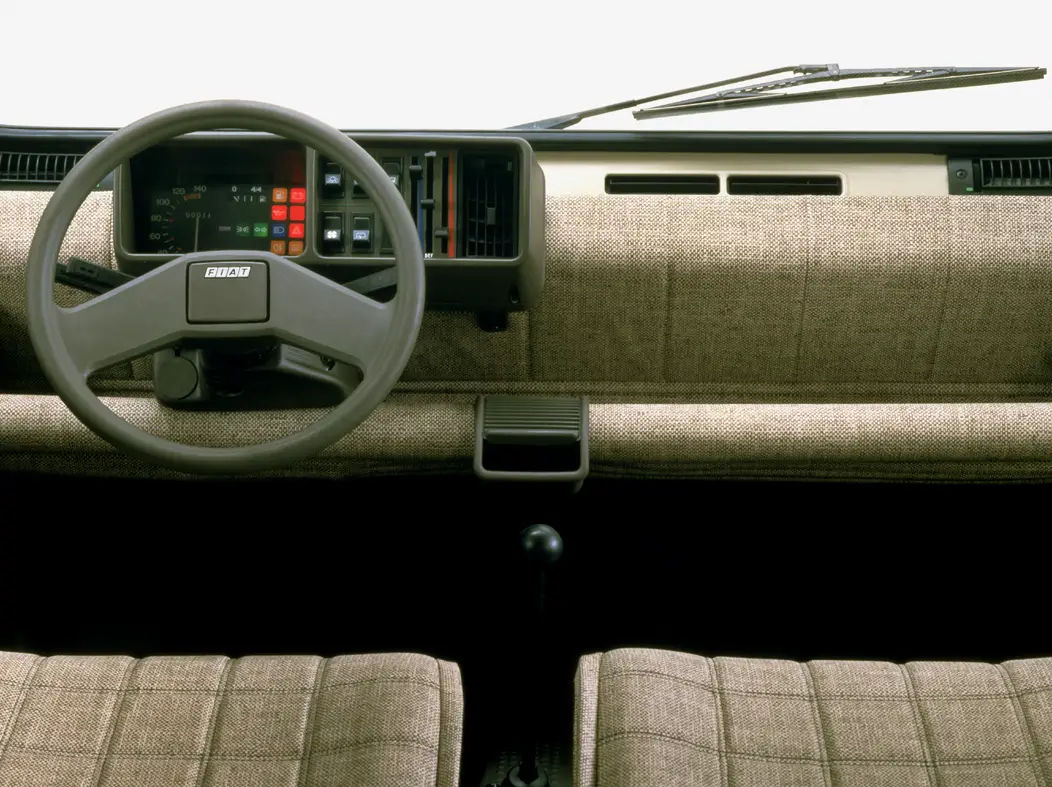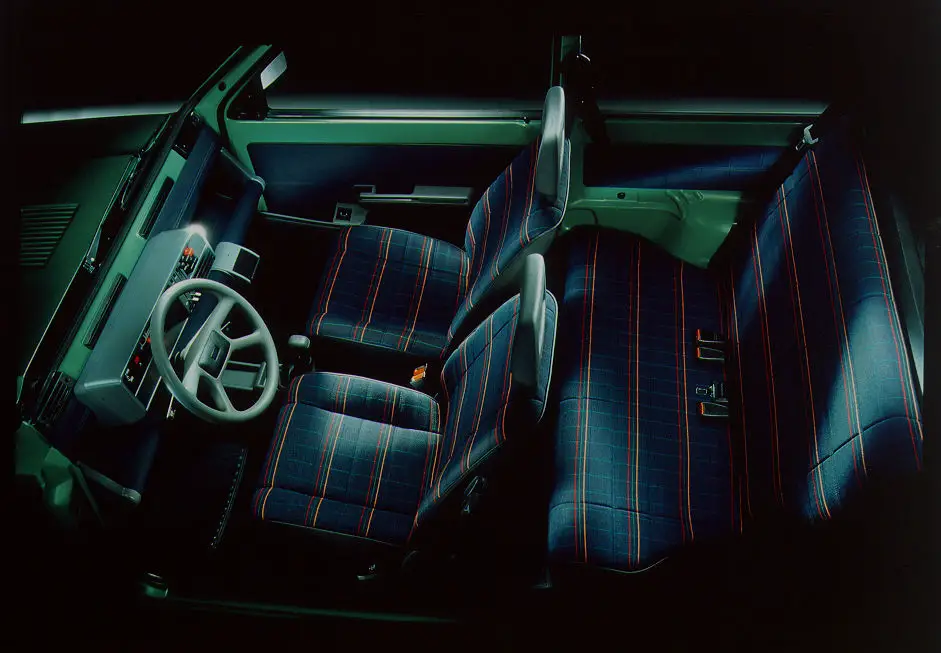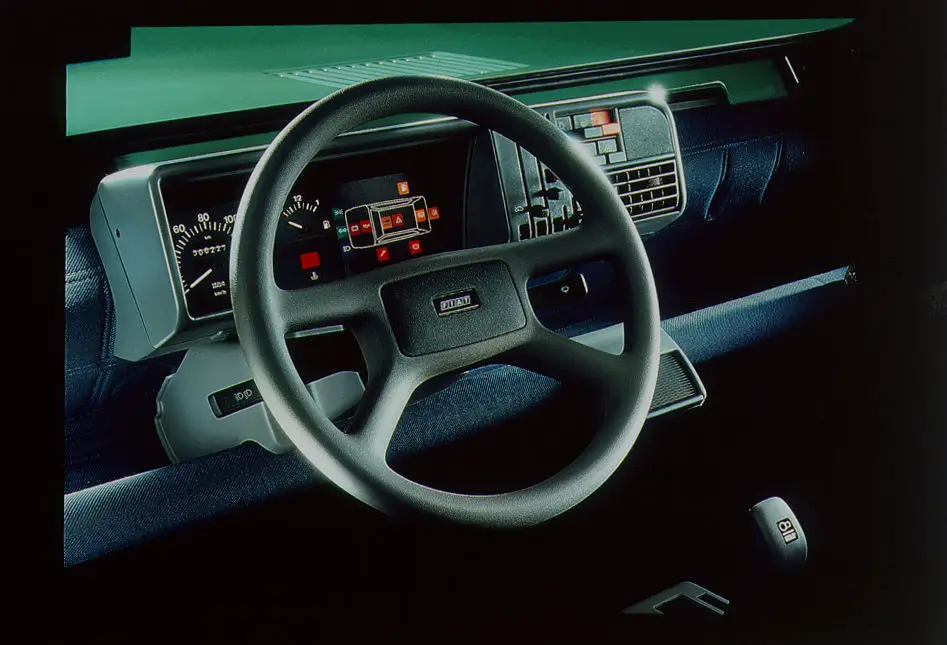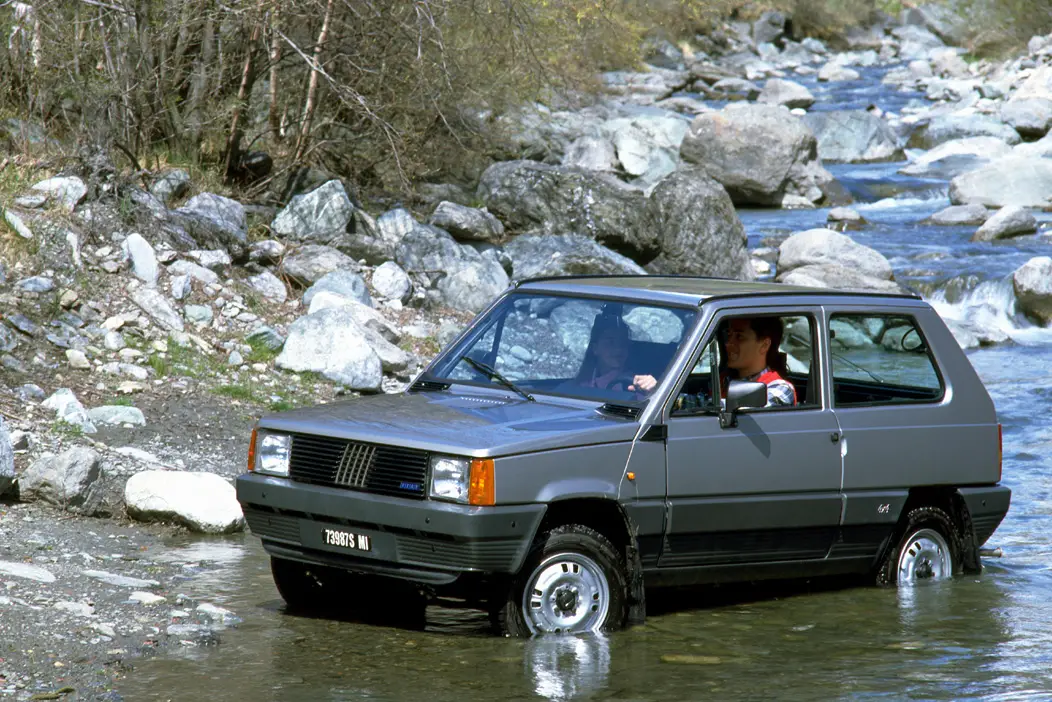
Fiat Panda, The Smart Solution Is 40 Years Old
Fiat launched the Panda some 40 years ago in Italy going on sale in 1980. Known as the smart solution was a great success for the company. Transcending class, offering cheap but cheerful transport, very much in the same way as the Mini did in Britain.
There is a video from Fiat to celebrate 40 years of the Panda at the bottom of the article.
The Panda has rightfully earned its reputation as the car for any occasion. Being highly versatile and functional meant that it was a popular choice for some 40 years.
The small right angled box had decent occupant space as well as a decent amount of luggage capacity. There are 280 litres within the boot area, or this could be expanded to 1000 with the rear seat removed. The spare wheel was carried in the engine bay, due to the extra space allowed by having a compact engine.
Giorgetto Giugiaro did the design while working at Italdesign. Giugiaro described his design in an interview with Turinese newspaper La Stampa in February 1980 just ahead of the debut at the 1980 Geneva Salon de l’Auto.
“The Panda is like a pair of jeans: a simple, practical article of clothing without pretence. I tried to give it the essential quality of a military design — in particular a helicopter: something light, rational, and optimized for a specific purpose”.
The launch models consisted of the Panda 30 and 45. The 30 had the 652cc air cooled twin cylinder from the 126. The 45 had the 903cc inline water cooled four from the 127.
A significant model in the range was the 4×4. This had a permanent four wheel drive system developed by Austrian company Steyr-Puch. They supplied the drive train to Fiat who fitted them to the reinforced bodies. This is claimed to be the first transversely mounted four wheel drive production car. And it is a very capable off road vehicle too.
1991 saw another facelift and revisions. The most obvious externally was the new 5 bar badge on the revised grill. There was a new continually variable transmission, known as the Selecta. And there was an electric version with two seats known as the Elettra. Though this was introduced the year before, benefitted from the later revisions where possible.
There was a new 1108cc FIRE engine with electronic fuel injection and a new three-way catalytic converter. This new engine was the most powerful Panda to date with 51 bhp or 38 kW. This replaced the 999cc unit in 1992. A new 899cc ohv engine replaced the old push rod 903cc unit too. All engines without catalytic converters were withdrawn from sale. 1995 was the last year of production available for the UK.
2001 was the last time the car was revised. The only engine left was the 1008cc FIRE, all others discontinued due to Euro 3 compliance. The original Panda went out of production in Italy in 2003 where it was replaced by the second generation. The production run was 23 year, making this one of the longest.
SEAT of Spain had been making Fiats under license for some time, so you could buy a Panda made in Spain. Up to 1986 these were literally rebadged Pandas. But one had the Marbella name, being a more luxurious version. After the license ran out, SEAT facelifted the Panda to a more SEAT corporate style with all models known as Marbella. However, it’s 1986 where the upgrades stopped. The Marbella never got the suspension nor engine upgrades like the Panda. So, it was stuck with leaf springs and old push rod engines. It was a very cheap car in the UK when on sale, and not a bad one either. It was all over in 1998 when production ended.
The new Pandas continue in the same vein as the original. Simple, small, spacious and relatively inexpensive. But the original was the game changer. Introduced in 2003, there was no link to the previous version. It wasn’t even built in Italy, Fiat Auto Poland being responsible for the manufacture of the car in Tychy. The same place all the European Fiat 500s come from. I have a feeling some of those will make classic status, the 100hp and the 4×4 for sure.
I was lucky enough to see the 50th anniversary of Polski-Fiat with the 125p. You can read about that here: Museum Of Municipal Engineering – Fiat 125P 50th Anniversary Exhibition, Krakow, Poland.
The latest third generation known as the Mk4 was introduced in 2011 with some great new air cooled twin cylinder engines. Going back to their roots it seems.
Here’s the video from Fiat. Luca Napolitano, Head of EMEA Fiat, Lancia & Abarth Brands hosts Roberto Giolito, Head of EMEA FCA Heritage, who explains how Panda has always been the car for any occasion.
“In this video, we take a step back in time, to find out together why Panda has become known as the car with the ‘smart solutions’,” explains Luca Napolitano. “From generation to generation, the Fiat brand’s city car has always known how to impress with its original features, conceived and designed to improve life on board, in an ideal balance between form and function. The modular seats, the tailgate and the flat cargo space are just a few of the ‘smart solutions’ that have made Panda such a resounding success. A success in every way: the Fiat Panda is the best-selling car in the Italian market, and competes with the Fiat 500 in Europe for the lead in the small city car segment. We often say that Panda is the functional icon in our line-up, Fiat’s most rational, most accessible and most democratic car and now we can understand why.”
“Space, compactness, character, versatility, affordability, fun and functionality are what people look for in a car. Panda has all that, and more,” says Roberto Giolito. Because Panda is an archetype, a benchmark model in terms of practicality and freedom of usage. Just think of the interiors: “full of nothing”. It’s a space to fill the way you want. For example, the brilliant open compartment in the dashboard of today’s Panda. As complex as it is from a design perspective, it’s also very easy to use. And what can we say about its windows? They give you a constant 360° view, thanks to another ‘smart solution’: the taillights. We hear a lot these days about autonomous driving, but the Panda has offered a ‘blind spot monitor’ for ages. The only difference is it’s analogue.”
